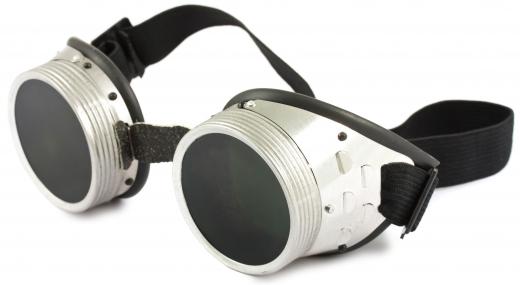When choosing a welding cable, it is always best to purchase the heaviest cable available. The practice of welding uses large amounts of electricity to melt steel; therefore, the heavier the welding cable, the better the flow of electrical current. Typically, a heavy copper braided welding cable is preferred over an aluminum cable. The copper cable allows current to pass through without overheating, unlike aluminum cable. It is always wise to purchase a heavily coated or shielded welding cable to aid in the protection of cuts and burns to the cable.
Making sure that the welding cable will reach every corner of a workshop is also a must when purchasing a new cable. Often, a welding cable is used that will not allow a user to reach certain areas of the welding shop. This creates a difficult scenario when a large and difficult-to-move project presents itself. The best cables are welding cables that easily reach all areas of a shop or workspace.

When choosing a cable for the electrode side of a welder, it is important to purchase a pliable cable. Attempting to weld with a stiff and unmanageable cable can make a difficult task in creating a smooth weld bead. Often the difference in a cable's flexibility comes from the type of protective coating used on the cable. Rubber coating is always more flexible than plastic. In a cold environment, a plastic coating can make the welding cable nearly impossible to bend.

Typically, the best cable can be found in a welding supply store. The cable found in home building and supply box stores is not usually as high-quality as the cable sold through welding supply stores. Lesser-quality cable can melt and fuse together over time, creating a cable with stiff spots, or even worse, dead spots. The damaged wire can produce a great deal of resistance and actually reduce the amount of electrical current being allowed to flow through the cable. This leads to spotty welding with patches of poor penetration, which results in a weaker weld.

If purchasing welding cable for the first time, it is always a good idea to seek out the advice of a knowledgeable welder. Welding supply stores are typically owned and managed by experienced welding personnel who are more than eager to assist a novice shopper. Be sure to have the make, model and any other information available for the type of welder being used when making any supply purchases, as this will assist in making the right choice.
